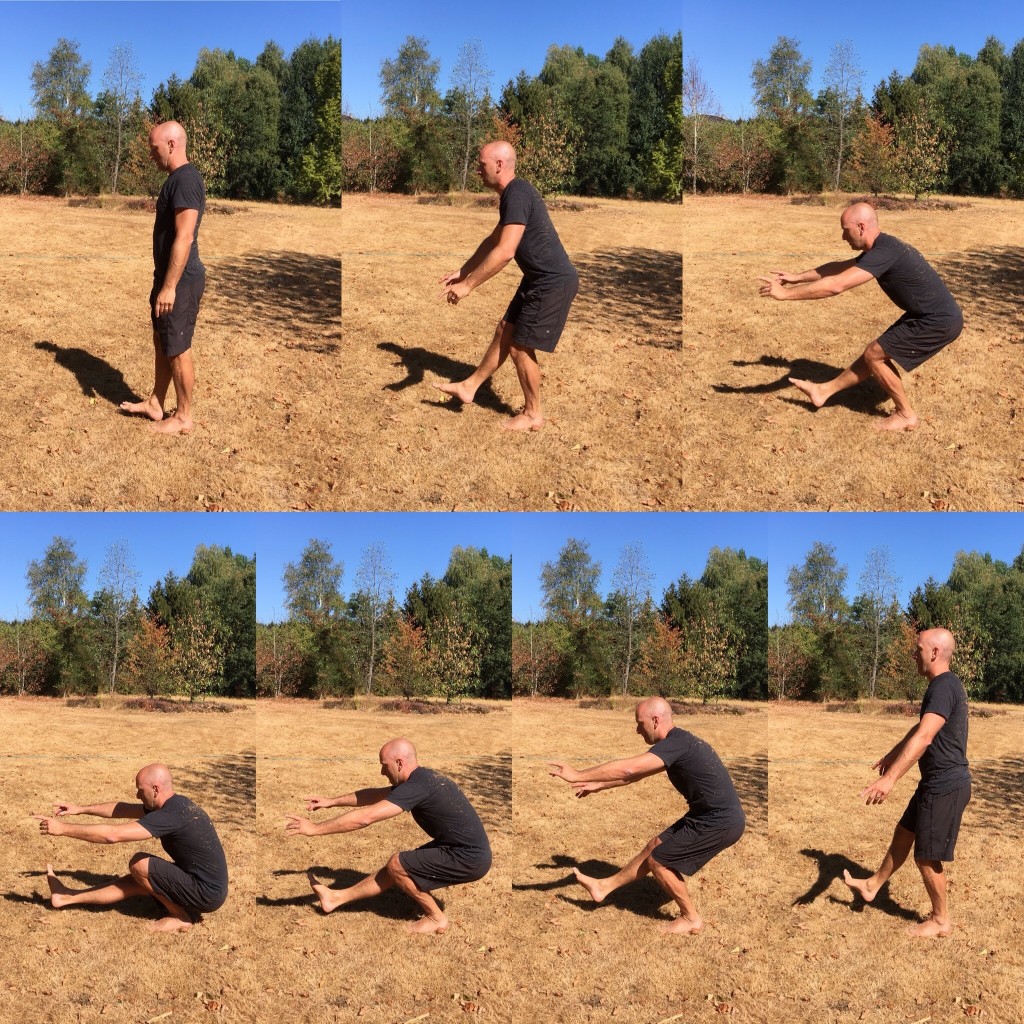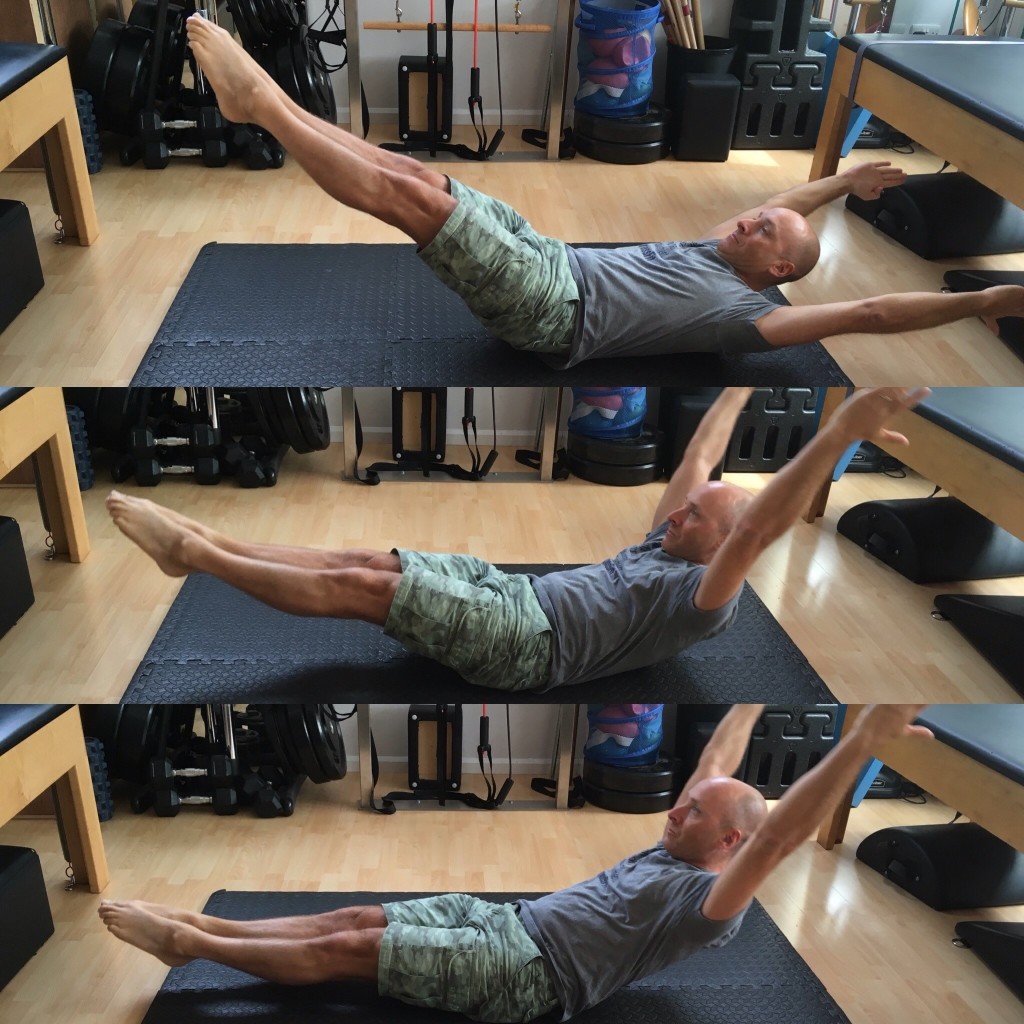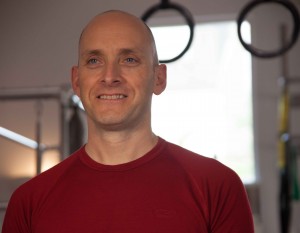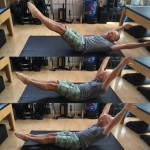September 5, 2018
“I’m not good at Pilates”
by Mike Perry
I heard a new (to our studio) client say that yesterday, and this is not the first time I’ve heard something like, “I’ve done it for two years but I’m not very good.”
I then tie myself up in knots trying to explain to them – without indicating that, in addition to not being bad at Pilates, they’ve also fundamentally missed the point – that there’s no such thing as “good at Pilates”.
I’m particularly interested in this because it seems to involve merging some different ideas. I’d like to try to unpack them, and to propose a test for teachers (not “are you good at Pilates?” but instead, “has Pilates done you any good?”)
As we know, Joseph Pilates was promoting HEALTH, with exercise as a small part of the equation. In pursuit of health, we need to consider our nervous system responses (does our sympathetic system switch on appropriately?), which is related to our sleep quality and our stress levels. Also, do we spend time outside in sunshine and fresh air, with nature in view? And, of course, there’s food – macro and micronutrients.
I don’t think it’s possible to be good at Pilates, certainly not by any measure that I can recognise, but I definitely think Pilates is worthwhile. One of my challenges is to help those people who don’t feel that they’re good at Pilates to find some measure of each session’s value, which is external to how competent or not they feel during the session.
I suspect most of these people are at a Pilates class because they feel that they “should” be. Perhaps their health professional has advised it, or perhaps something in their sense of self tells them that they will be better off if they do Pilates: they’ll have less pain, they’ll look better, they’ll align themselves more closely with the apparent lifestyle of celebrity X, or they’ll have a piece of the puzzle of the impossible-to-define or achieve “how we should live” that the media constantly presents .
Helping someone to find value from their Pilates will often involve finding out about things that they like to do and look for ways to enhance that activity; or to learn something that they cannot yet but would like to do, and to map a route to achieving it.
A great example of a goal that I came across recently was a young man who wanted to put his socks on without sitting down. I LOVE this. Sure, it’s a beginner’s goal, and I’d be hoping for more soon, but as a start it’s great – single leg balance, deep hip flexion, spine mobility, ankle flexibility? Yes, Pilates can do that! If you saw this gentleman in a class today, I doubt you would say “he’s really good at Pilates”, but he achieved that goal in ten weeks!
As a teacher of this method, you might be looking for a little bit more – especially if your focus is on exercises rather than health. I know that a foundation of years of Pilates was invaluable to me when playing with common CrossFit movements (once I’d got past the ignominy of not being able to hip hinge – forever curling my spine instead …) My background was carpentry and construction, not dance, and I’m sure Pilates made it easier for me to pick up the techniques of Olympic weightlifting. If I can do a ring muscle-up (on a good day), it’s because of Pilates – it’s because Pilates taught me really important things about how to move.
So how about some simple tests, to see if your Pilates has served you well? The kind of tests that don’t rely on subjective or aesthetic judgements. There’s no “I’m not very good at it” (as we might say about Balance Control, or The Snake, perhaps), there is only “Yes, I can do that” or “No, not yet”.
So, if your Pilates has been working for you, I think you should be able to pass these tests:
- Hollow Rock
- Pistol Squat
- Pull Up
Brett feels that these are a bit arbitrary, and that’s true in a way. I learned them in the context of CrossFit, where they might be considered intermediate level skills – probably many thousands of people are doing them every day. I think they’re useful tests because they cover strength and control of upper and lower extremities and stabilisation of your spine under load – all of which seem like attributes one might expect of a Pilates practitioner. They’re also all scalable as it’s easy to figure out (especially with the help of YouTube) ways to progress with each of them.
The Hollow Rock is a gymnastic skill that is just a progression of the Hundred, or Double Leg Stretch. From your Hundred shape, reach your arms overhead and rock, as you would in Open Leg Rocker – it’s really a super long lever OLR. Can you maintain the shape – yes, or no?

A Pistol is a one-legged squat (hey, it’s a super advanced Reformer exercise!) without any external support, which may call for the greatest explanation/justification of the three. My CrossFit coaching friend describes the Pistol as a combination of strength, flexibility and balance – Pilates gives us all of those, right? Carl Paoli, who wrote a book about 4 basic movements, one of them being a pistol, suggests that the major challenge of this movement is resisting internal rotation. Pilates is full of resisting internal rotation, so we’ve totally got this. So, can you sit down to full knee and hip flexion, and stand back up – yes, or no?

And here we go again, my Pull Up soap box. If you’ve only been practicing on a mat, you may have a let-off, but if you have a Reformer and/or a Cadillac available to you, you know about pulling, you know about gripping, and integrating your arms into your shoulders and your shoulders into your trunk/spine. And you’re a teacher, so your arms are not weak, so overall, you SHOULD be at least on the way to a Pull Up.
The great thing about these three movements is that they not only provide feedback about the value of your Pilates practice, they also have fantastic carry forward to your Pilates practice. If you have these three skills I guarantee that you will find that more Pilates repertoire is more readily available to you. That’s a “win win”.

Mike Perry – Mike’s introduction to Pilates came as a result of a lower back injury, partly caused by a passion for running but without proper muscular balance or physical awareness. Needing to cut back on running, he turned to cycling and triathlon instead but still suffered recurring bouts of severe back pain. On the recommendation of an osteopath he began Pilates studio classes and within a few sessions had decided to apply to train to be a Pilates teacher.
Given that, at the time, dance was the usual background for teachers, Mike felt very fortunate that a carpenter and cabinet maker could train to teach Pilates. He qualified as a Pilates matwork teacher in 2003 and completed his training in 2004.
More recently, Mike has been researching an evolutionary biology perspective on human health and movement, as championed by the likes of Mark Sisson, Katy Bowman and many others. This means a keen interest in nutrition, strength & conditioning and (much like Joseph Pilates) how our whole lifestyle influences our health. This is in keeping with the Pilates in Motion Studio philosophy that Pilates is a beginning, rather than an end in itself, and that, along with the many other benefits of Pilates, increased strength is an outcome we hope all of our clients will seek.
Mike makes occasional blog posts, covering Pilates, fitness and nutrition, that can be seen at www.paleolates.com.

